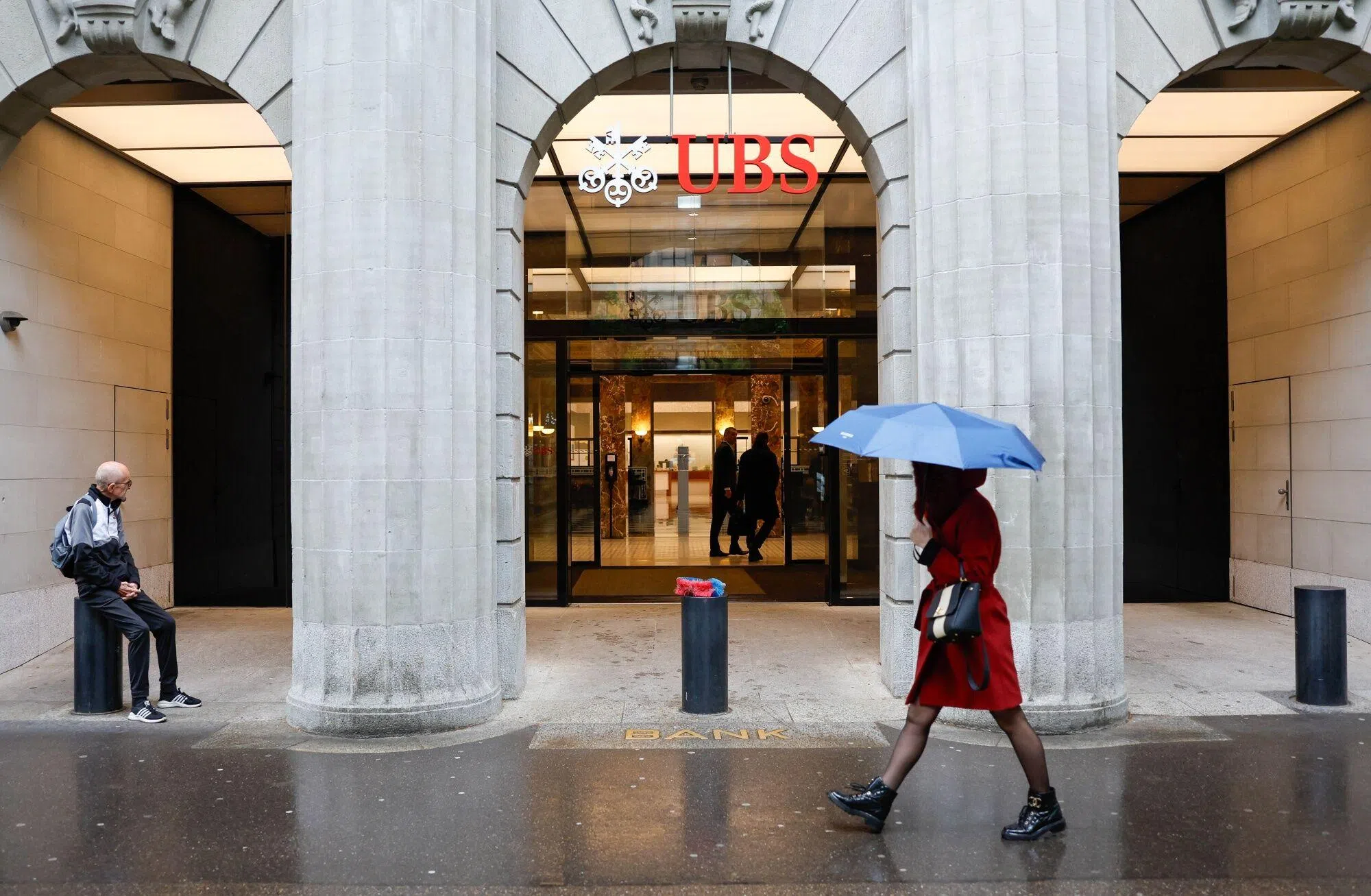NEW Zealand’s central bank will limit the amount of money banks can lend for house purchases to six times a borrower’s annual pre-tax income.
The Reserve Bank of New Zealand (RBNZ) will activate the debt-to-income (DTI) restrictions on local lenders from Jul 1 as it seeks to reduce the build up of high-risk lending in the financial system, deputy governor Christian Hawkesby said on Tuesday (May 28). At the same time, existing loan-to-value ratio (LVR) restrictions will be loosened, he said.
The DTI rules are aimed at reducing the probability of a wave of household defaults in the event of an economic slump. The existing LVR rules, through which the RBNZ limits mortgage lending to borrowers with a low deposits, are designed to reduce bank losses if a default occurs.
“Both act as guardrails reducing the build-up of high-risk lending in the system,” Hawkesby said. “Having both the DTI and LVR restrictions in place means we can better focus them on the risks that they are designed for while achieving the same or better overall level of resilience in the financial system. Therefore, activating DTIs means that we can ease LVR settings too.”
The new settings allow banks to make 20 per cent of new owner-occupier lending to borrowers with a DTI ratio exceeding six, and 20 per cent of investor lending to borrowers with a DTI ratio exceeding seven, the central bank said.
LVR limits will be eased to allow 20 per cent of owner-occupier lending, up from 15 per cent currently, to borrowers with an LVR greater than 80 per cent. Banks will also be able to have 5 per cent of investor lending to borrowers with an LVR greater than 70 per cent, up from 65 per cent. BLOOMBERG
GET BT IN YOUR INBOX DAILY
Start and end each day with the latest news stories and analyses delivered straight to your inbox.



